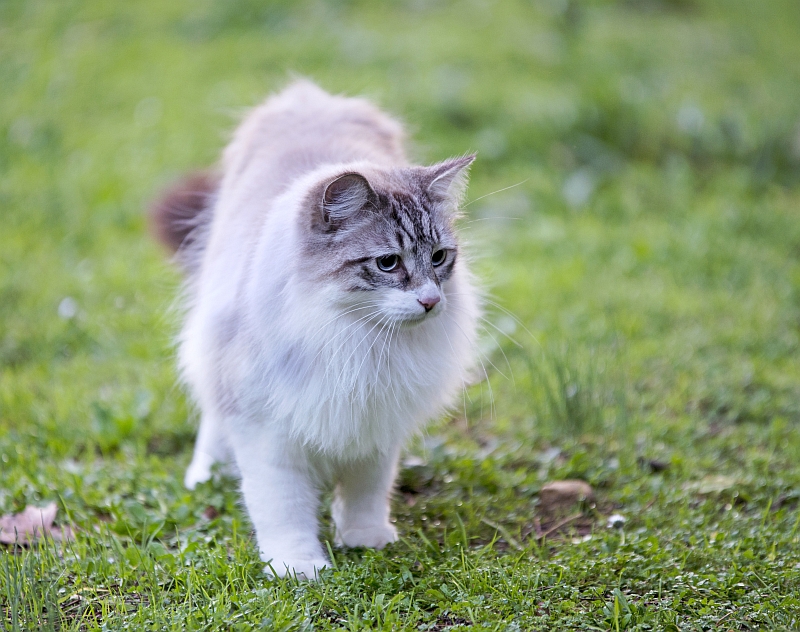Not many people know a lot of details about Birman cats. Because their appearance closely resembles that of other more popular breeds, many people that see a Birman assume that the cat is a Ragdoll, or a fluffy Himalayan cat. However, this is an older breed with many distinctions that set it apart in the feline world. Here are some key facts about Birman cats.
Birmans are also known as the “Sacred Cats of Burma” the small country in southeast Asia. Buddhist priests often would have temple-dwelling companion cats who would reside with them, one breed of which was the Birman cat.
Birman cats first arrived in America in the late 1950’s, but they were not recognized as an official breed by the Can Fancier’s Association until 1967.
It is not surprising that Birman cats are often mistaken for Ragdolls; they are relatives! When Ann Baker developed the Ragdoll cat breed in the 1960’s she crossed a white Angora cat with a few Birman males in order to create the breed.
Like Ragdoll cats, Birmans are born with completely white fur that later begins to develop darker markings around the tail, legs and face. Birmans can be chocolate, blue, seal, cream, white, red, and lilac, with solid or lynx patterns. Different from other breeds, Birmans are unique because they always have white paws.
Unlike the long-haired Persian cat, Birmans are non-brachycephalic cats, meaning their noses are elongated more like a “Roman nose” than a stubby up-turned snout.
Though a Birman’s coat is long, it does not require laborious hours of grooming and brushing daily. The fine hairs are silky, yet they do not get matted easily. They are different from the Himalayan cats, as Birmans do not have a dense double layer coat, but rather a single layer of fur.
These playful cats love batting away at moving toys, or taking a swing at feathers and bouncy balls. They are sharp creatures, able to learn how to play fetch with their owners.
While some cats are known for choosing high platforms in the house where they can roost and survey the activities below, Birmans are more accustomed to staying near the ground. You are more likely to find a Birman cuddled on (or under!) the couch than you are up on a shelf or kitchen counter.
Birman cats love company, and prefer to be in a home with children, or other pets so that they can have a playmate to romp around with at all times.

